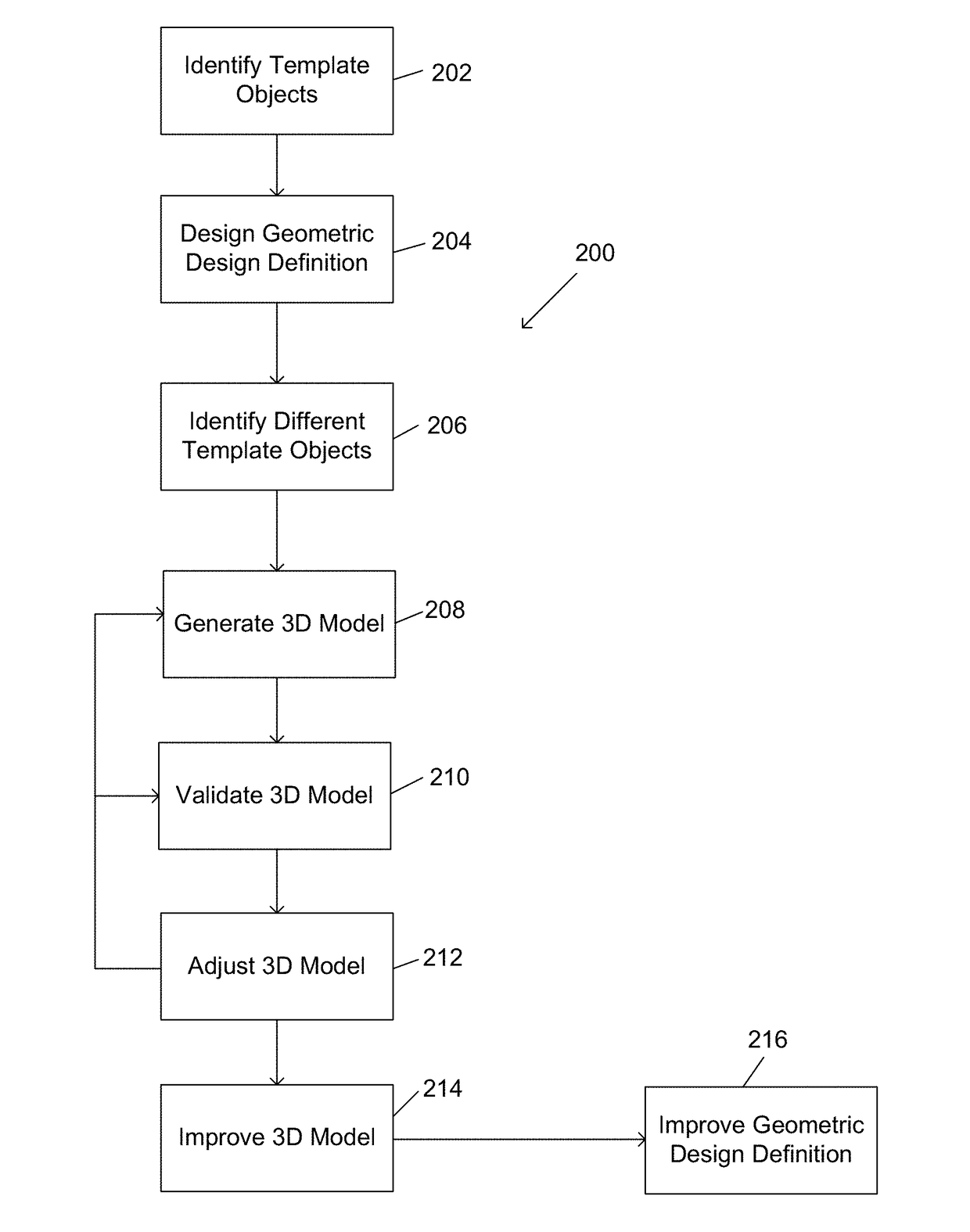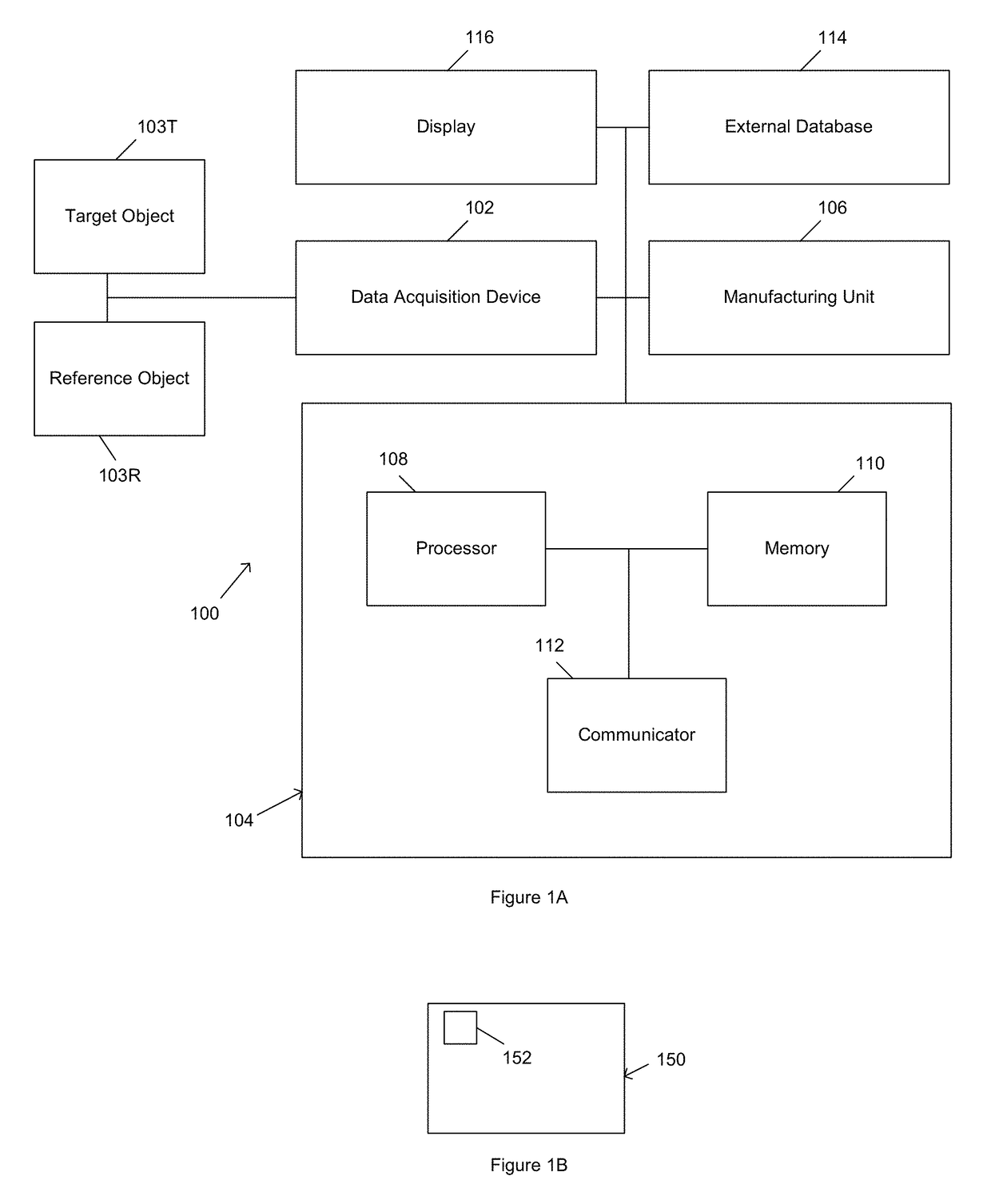3D modeling systems and methods
- Summary
- Abstract
- Description
- Claims
- Application Information
AI Technical Summary
Benefits of technology
Problems solved by technology
Method used
Image
Examples
Embodiment Construction
[0101]Overview
[0102]Systems and methods of 3D modeling are disclosed. For example, systems and methods are disclosed for modeling structures (also referred to as devices and manufactured 3D models) in 2D or 3D space. The structures can include, for example, orthoses, assistive devices, prostheses, implants, non-medical devices, non-medical structures, or any combination thereof. The orthoses (also referred to as orthopedic devices) can include devices and / or components that are configured to provide support to and / or correct alignment of a portion of a subject's body. For example, the orthopedic devices can include joint braces (e.g., for wrists, ankles, knees, elbows, sacroiliac joints), back braces (e.g., scoliosis braces), implants (e.g., rods, screws, pins, plates for bones, artificial discs), external fixation devices for internal and external support for bones, replacement joints (e.g., for knees, elbows, hips), splints (e.g., for bones), bone fracture repair components (e.g.,...
PUM
 Login to View More
Login to View More Abstract
Description
Claims
Application Information
 Login to View More
Login to View More - R&D
- Intellectual Property
- Life Sciences
- Materials
- Tech Scout
- Unparalleled Data Quality
- Higher Quality Content
- 60% Fewer Hallucinations
Browse by: Latest US Patents, China's latest patents, Technical Efficacy Thesaurus, Application Domain, Technology Topic, Popular Technical Reports.
© 2025 PatSnap. All rights reserved.Legal|Privacy policy|Modern Slavery Act Transparency Statement|Sitemap|About US| Contact US: help@patsnap.com



